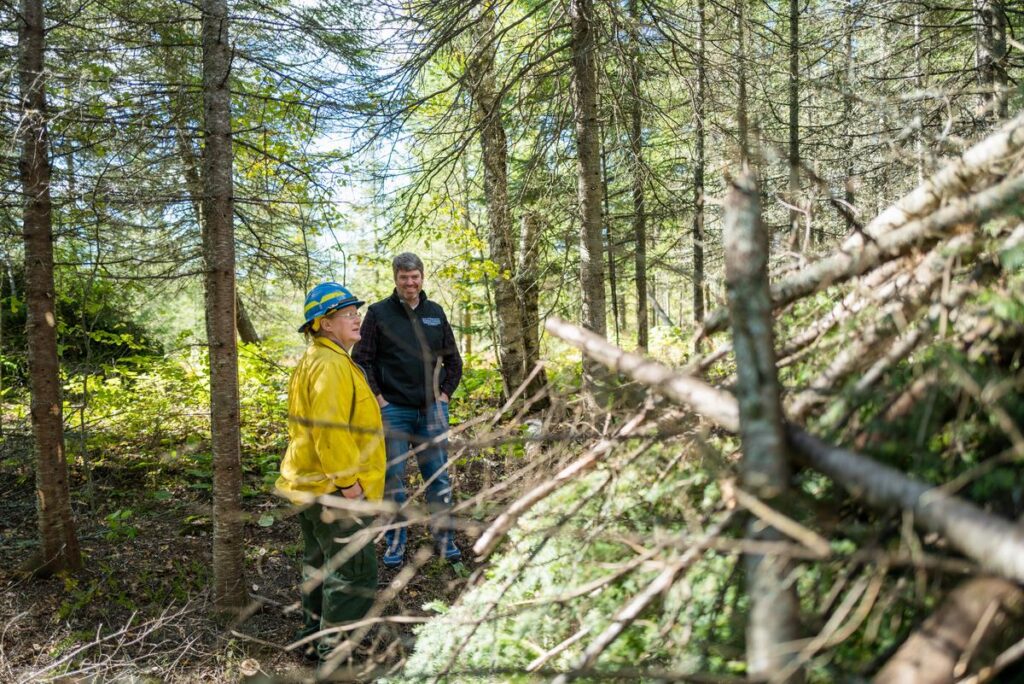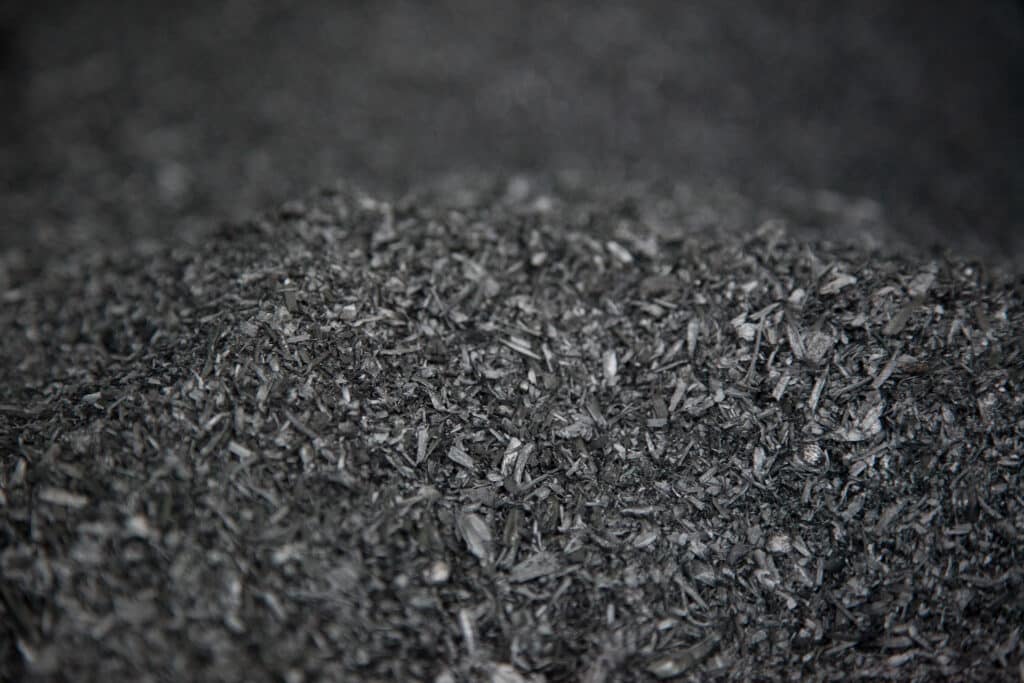
The University of Minnesota Natural Resources Research Institute and Superior National Forest have received funding to study a new method for removing trees that increase wildfire risk, while also reducing carbon emissions and providing economical disposal. The project is analyzing the potential of using balsam fir to create “biochar,” which prevents the release of carbon into the atmosphere while producing a useful material for agriculture and other purposes.
Balsam fir to beneficial biochar
Using a low-oxygen kiln, the process produces charcoal that locks in carbon that would be released through normal decomposition or burning. It can then be added to soil to increase its productivity, or filtering stormwater.
“As a material, biochar has a lot of beneficial environmental qualities – from improving the microbial health of soils for more productive crops to removing contaminants from stormwater runoff,” said Brian Barry, NRRI chemist and project lead. “Minnesota is poised to be a biochar leader. We’re anticipating large-scale production facilities to be built in the next few years.”
Balsam fir is a tree species posing a particular problem in northern Minnesota’s forest fires. Known as a “ladder fuel,” the understory tree species can let fires climb into the crowns of pine trees, where blazes become bigger and harder to manage. Growing in dense stands, the species is often attacked by spruce budworm, which kills the tree and makes it more flammable. In natural conditions, it would be kept in balance by occasional fires, which have been eliminated from most parts of northern Minnesota.

Cutting out costs
Cutting balsam fir can help reduce the risk of out-of-control fires, but its a costly endeavor. The researchers hope that companies will be able to purchase “carbon credits” that will reduce their overall contributions to climate change, while providing funding for additional forestry.
“This is an exciting moment for biochar in that there’s a lot of interest, with big industry backing carbon sequestration and the bioeconomy,” Barry said. “This project will demonstrate how biochar can be deployed in hopes that we can help grow this industry.”
The project is currently experimenting with spreading biochar on a coal ash landfill at a power plant in Cohasset. They hope that applying the material to the soil put over the waste will increase how much water the soil holds, promoting the growth of grasses that will hold the soil in place.
The research is funded by a $375,000 grant from the U.S. Forest Service’s Wood Innovation Grant Program, matched by power company Minnesota Power and the NRRI.
“If we had more financial resources, we would double or triple our capacity to remove balsam fir from the Superior National Forest,” said Patrick Johnson, Superior National Forest fire management officer. “Biochar seems like a great solution where we can provide a product that’s worthwhile and find markets for it, that would be a great benefit to the public.”
Using biochar to enhance soil is an ancient practice. It is believed to have been used thousands of years ago in the Amazon River basin to improve crop productivity.
More information:
- Ancient biochar method revamped for modern challenges – U of MN – NRRI
- Forest Service partners with researchers to transform wildfire fuel into biochar in Superior National Forest – WTIP
- Biochar – U.S Department of Agriculture

